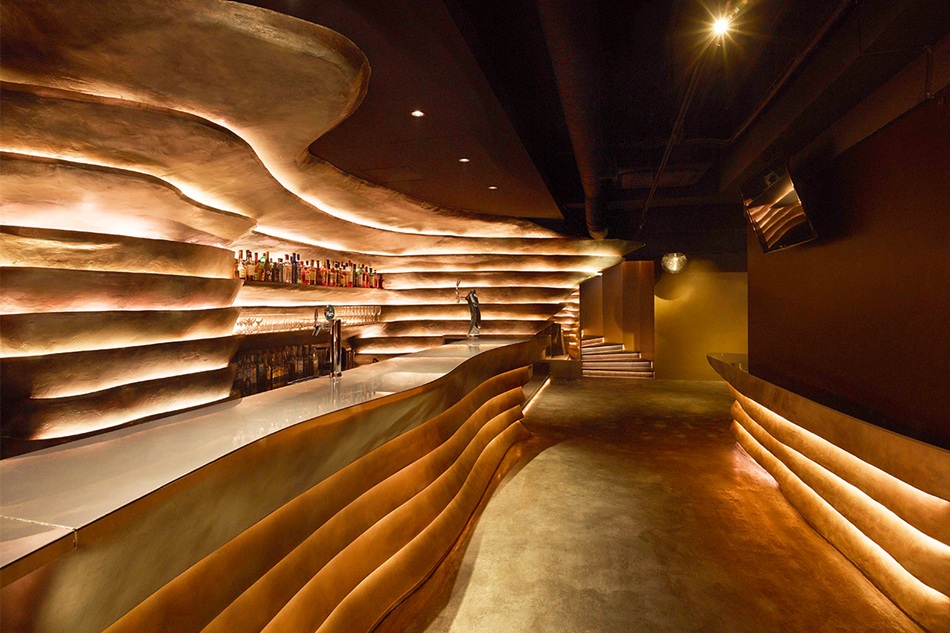PMQ Corner #18
There’s No Taste like Home
Craig AuYeung / Taste Library
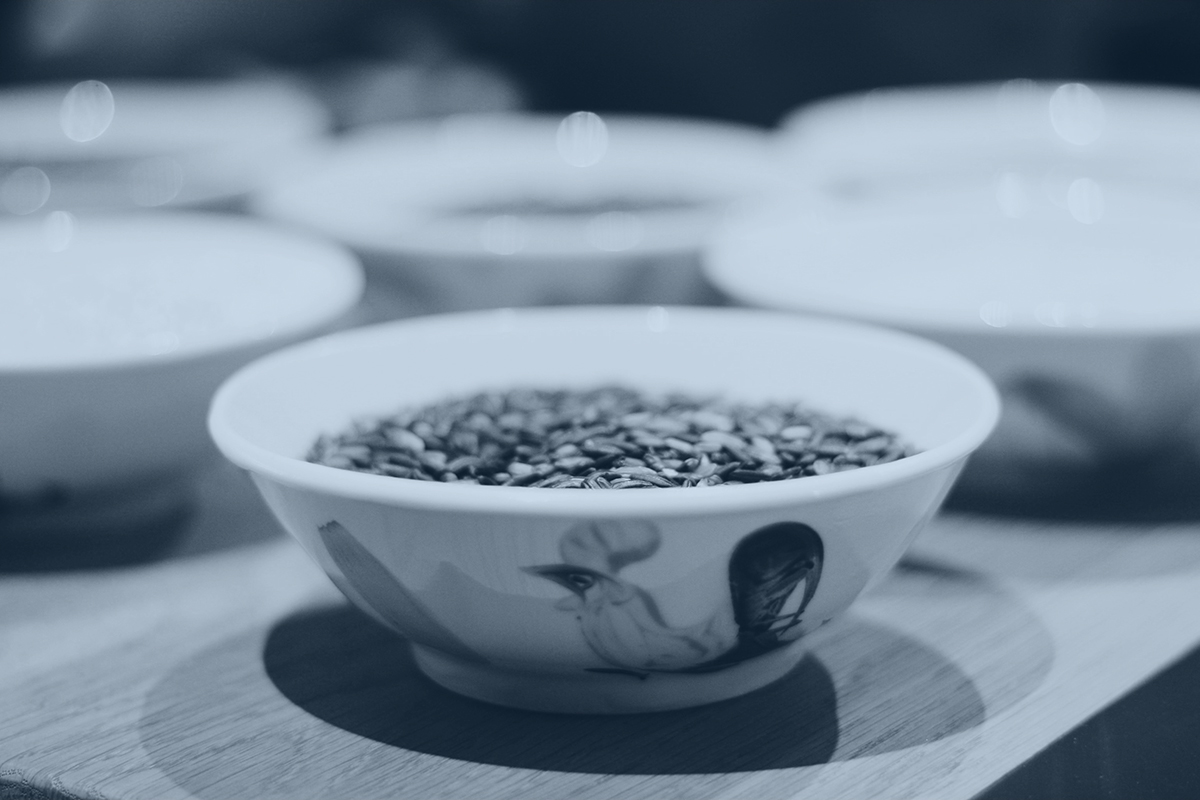
Written by Kit Chan
Translated by V_P
Photos by Kit Chan
Imagine a daily schedule like this: eating Cantonese congee for breakfast, Indonesian stir-fry for lunch, Hokkien noodles at night, Shanghainese snacks for supper, travelling from north to south with your taste buds.
Those were the days of Craig Au Yeung’s childhood. He developed his sharp sense of taste since then, a gift inherited from his mother’s side. With a family root traced as far as to Kinmen, his grandfather was born in Indonesia, studied and worked in Shanghai afterwards, then went east to Japan for business while living in Xiamen, before finally residing in Hong Kong to flee from the war.
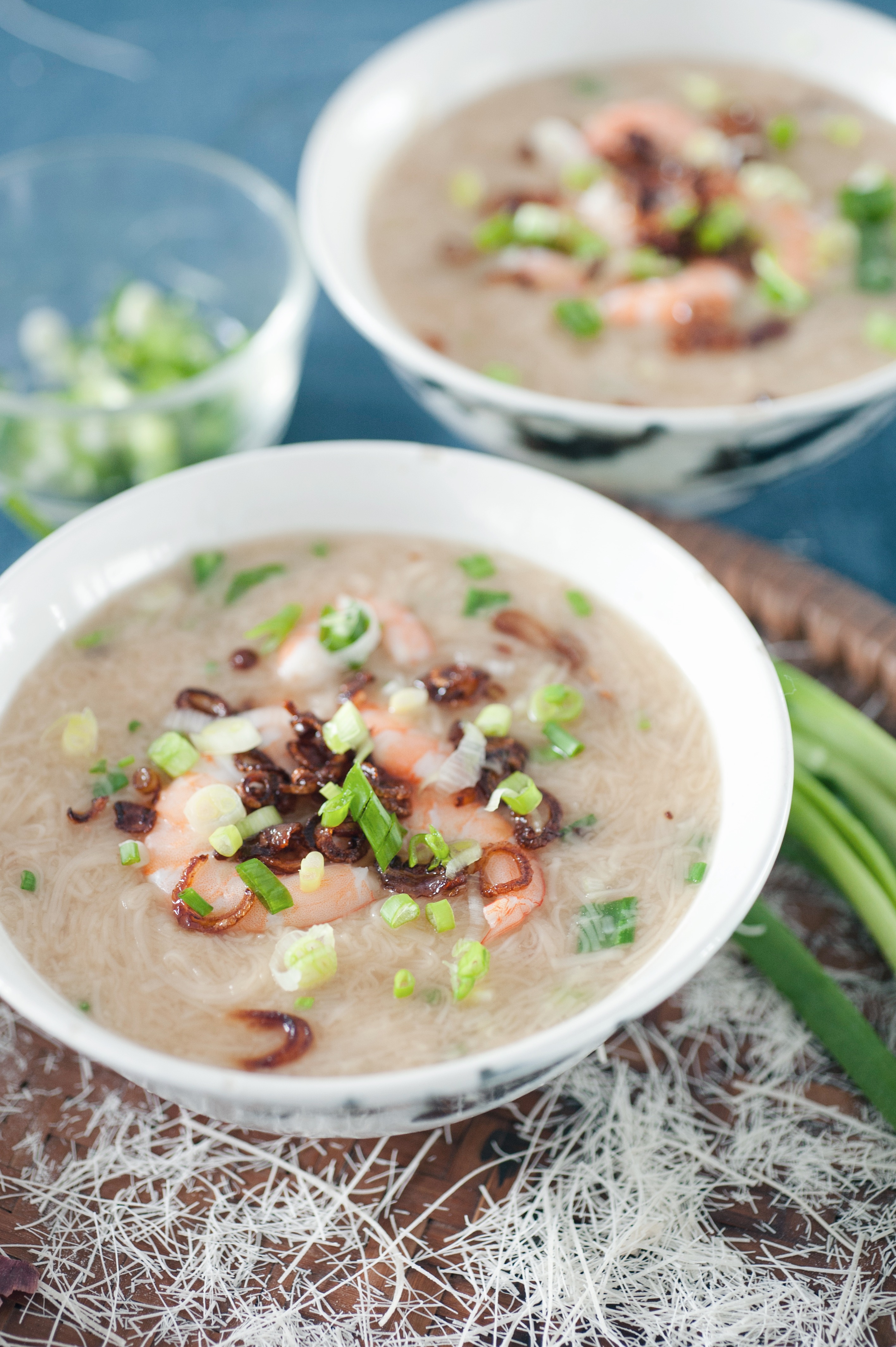
Craig’s grandfather lived as a generous nobleman, enjoying daily delicacies cooked by a Cantonese maid at home. His colorful life were literally put on the table, with dishes we could not imagine.
“There was a dish called Salted Fish Curry, where two extremely pungent tastes are blended together, it’s so fresh and spicy, I salivate just by thinking about it!” And how could Craig forget the chicken butt? “This was grandpa’s favorite, twenty something chicken butts placed in one dish, fried in soy sauce, sugar and herbs, cooking out all the fat. I usually don’t get to eat this, not because it’s fat and unhealthy, but because my relatives would snatch them all before I could!”
In those days, whether they lived in a mansion or a small apartment, the kitchen was always busy: steamed rice rolls, French toast, Borscht, black sesame paste dessert, every dish was homemade; meat satay barbeque must be grilled by charcoal, and the sauce mixed by themselves. “It was so crazy, the grill was so hot it cracked the floor tiles open.”
Craig’s grandfather not only taught him to love food, he also taught him the rules of dining. He was barely 10 years old when he started his “training” to be an epicurean, dining out with Grandpa at western restaurants every week, learning table manners and what to order.
While most teenagers ate canned food in their high school trip, Craig and his team mates cooked their own meals from farm to table, picking fresh vegetables in the wild. During university, he often went out for lunch alone, from expensive places to local joints. “I couldn’t stand canteen food at all.”
When he turned 20, as his grandfather and maid passed away respectively, the days glorious gourmet slowly faded out; but his persistence and search for the right taste stayed on in his bloodline, opening up a whole new creative world for him later.

He published his first cookbook called “Half Full” in 2003, the epidemic year of SARS. “When SARS broke out, I couldn’t travel anywhere and was stuck at home with nothing much to do, so I thought: why not write a cookbook of food I ate in my journey?”
While Craig was writing the book, he once visited Central’s Mak An Kee Noodle Shop, and was surprised to see only two tables of customers – would food that have always been around one day disappear without trace?
As a result, Craig spent the next two years completing the ”The Taste of Hong Kong” series, interviewing and documenting 140 authentic local cuisines, continuing tradition with a playful tone.
“Someone had to write down word by word how these dishes should be done.” Craig thought. “I have a love/hate relationship with this series… I regard it as my payback to Hong Kong, I did what I should do.”
Recently, he sets his focus on smaller things in life, retrieving home recipes kept in every household, spectacular dishes that had been taken for granted. There’s more to be treasured than taste, and that includes generations of life experiences, the history and culture of a hometown or tribe, or it could simply carry the love and care to those who mattered.
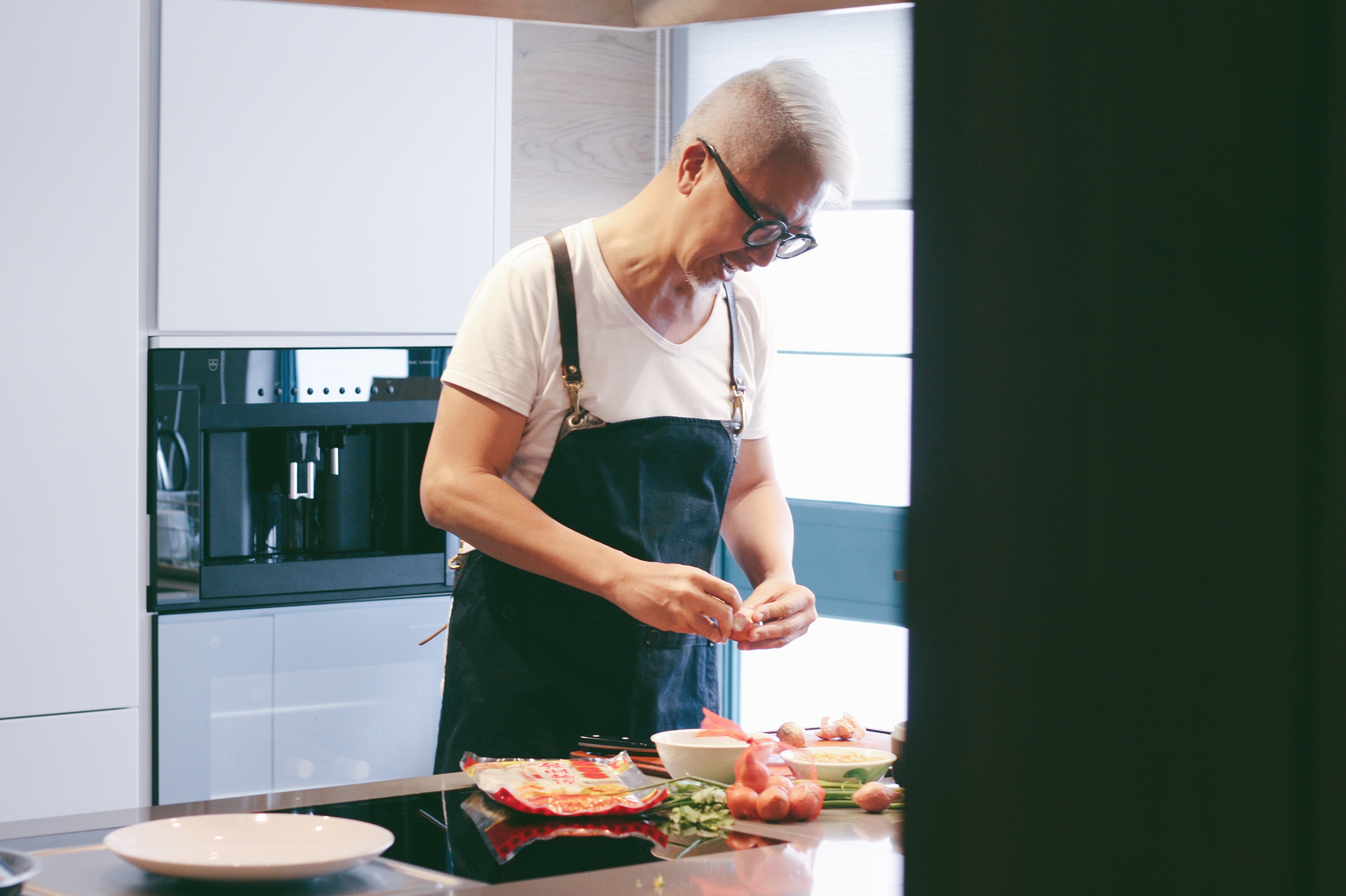
“Five years before my mother passed away, I asked her to start writing down grandpa’s recipes as keepsakes.” Nevertheless, he still thought he should have done it sooner, when his mother was still strong enough to cook with him.
As curator of the Taste Library, he is holding a recipe-collecting event, encouraging the public to share their old family specialties by writing, taking pictures and videos, with someone they don’t know - yet.
The best way to learn a recipe is not by pen and paper, but to cook it together as a family. “The collecting process is interesting itself, and it is worth doing, for the sake of our families.”
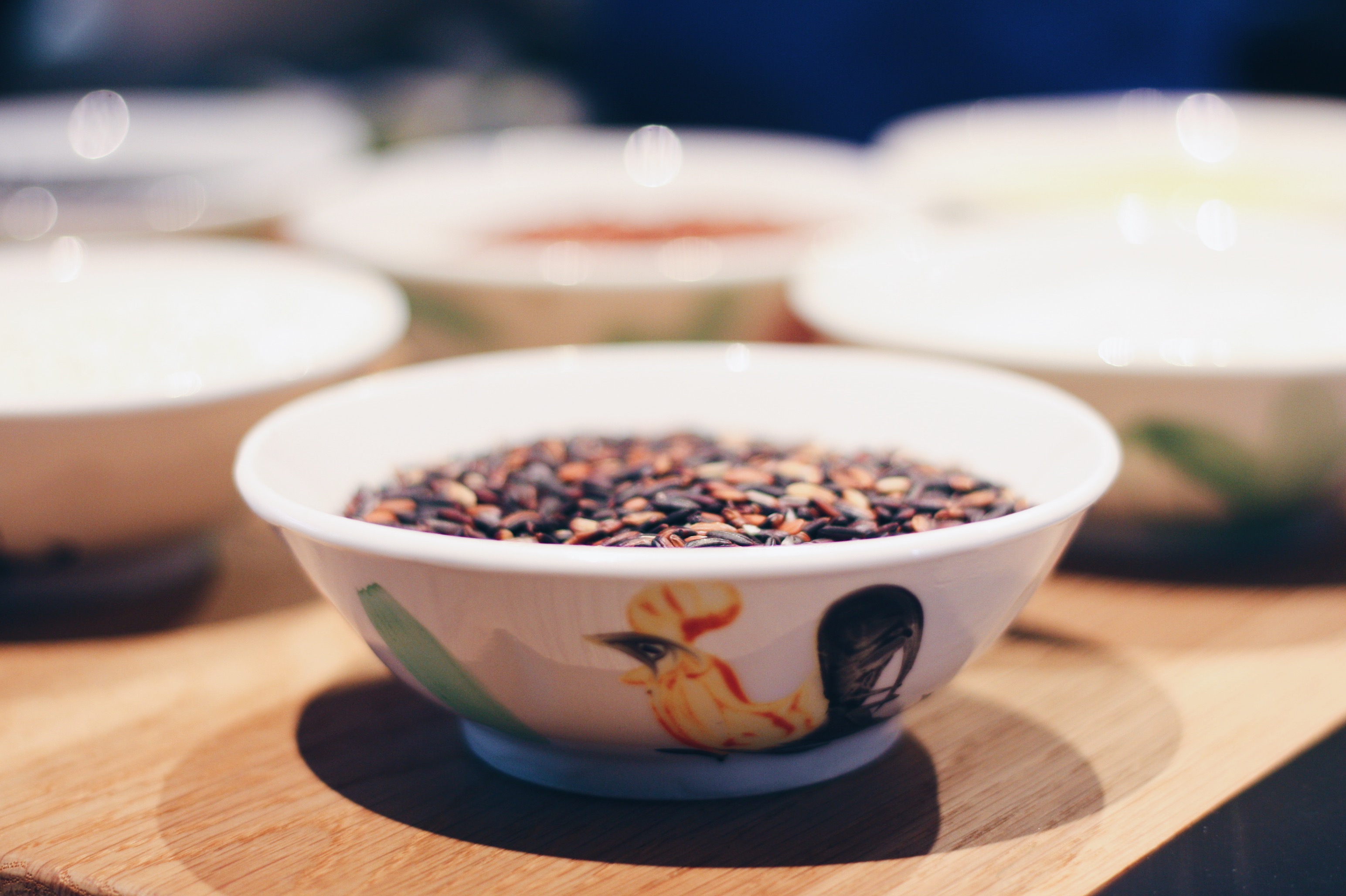
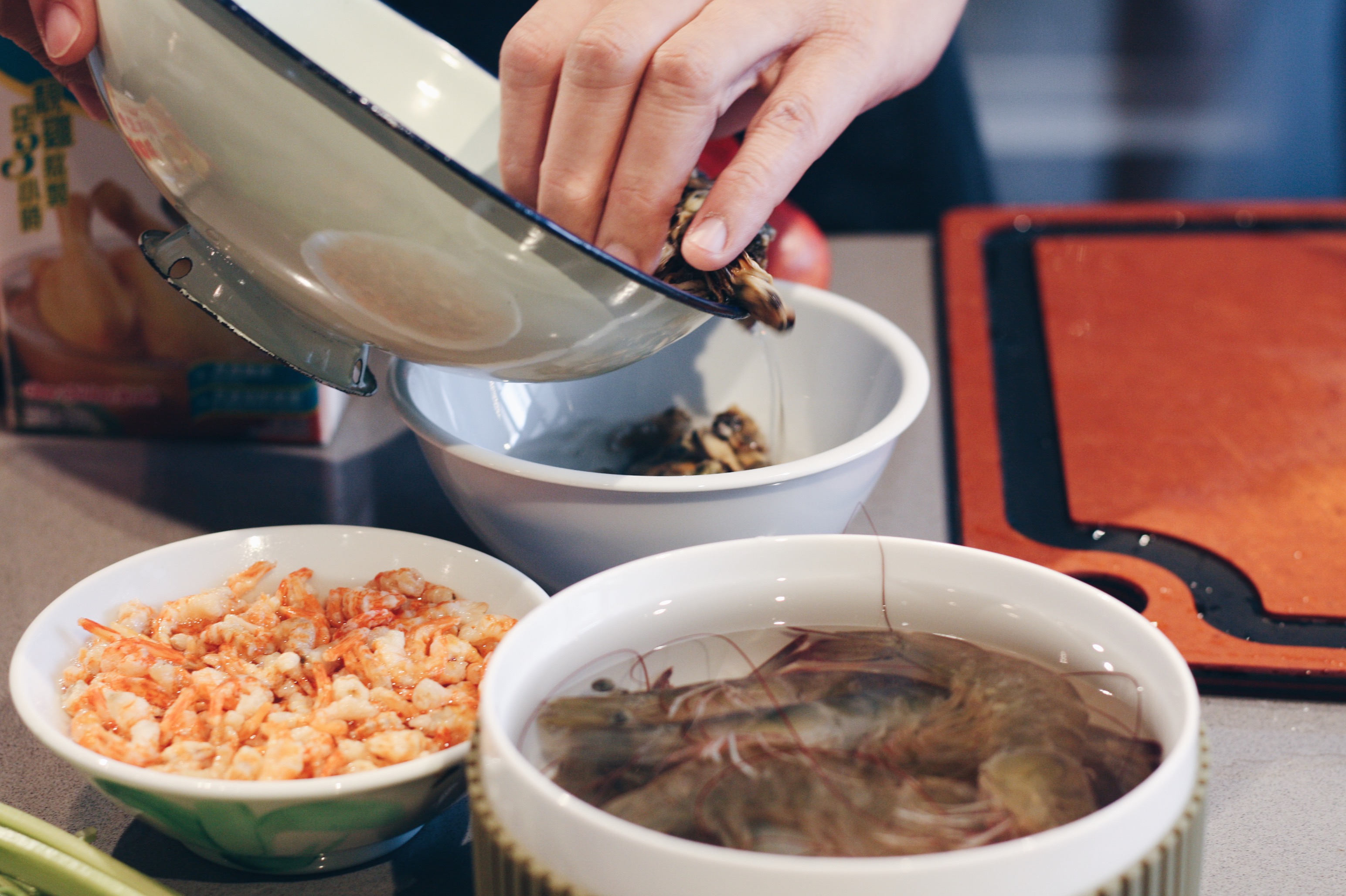
The best way to learn a recipe is not by pen and paper, but to cook it together as a family. “The collecting process is interesting itself, and it is worth doing, for the sake of our families.”
Recipes collected will be classified in groups to organize cooking workshops, for example, families each with their own unique fried vermicelli recipe, may be invited to cook together, to exchange tips and thoughts on their homemade dishes.
Warming up before the event, Craig is now going through the recipes his mother left behind, cooking up a dish or two, to reminisce the time when the whole family shared their happiness on the dining table.
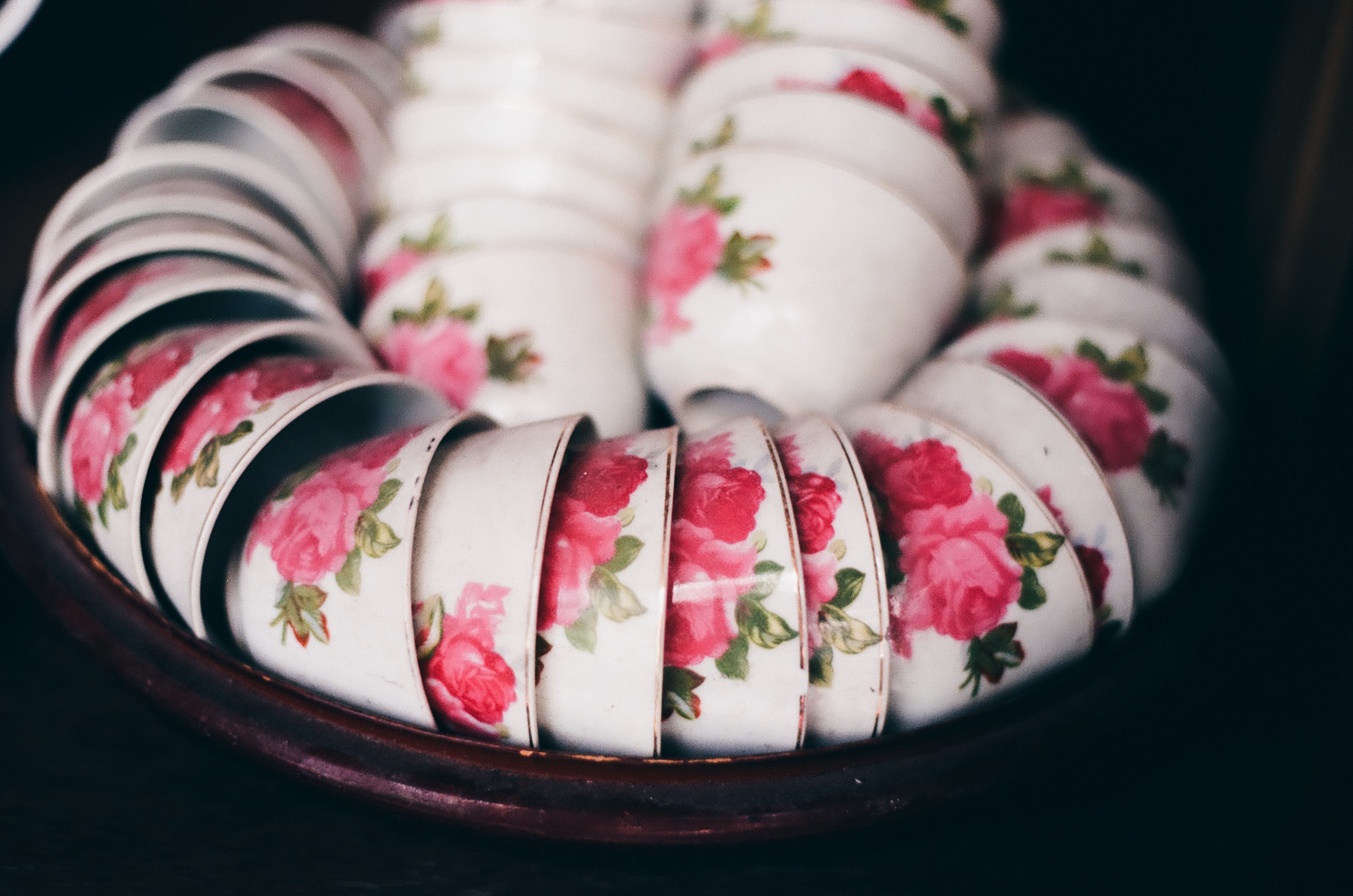

Adress:Taste Library, H504, 5/F, Hollywood, PMQ

